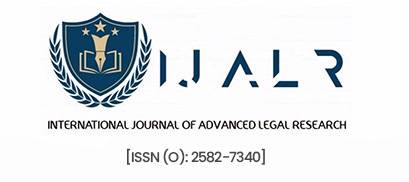Abstract
The Digital Millennium Copyright Act (DMCA), enacted in 1998, was a landmark response to the challenges of digital copyright infringement. While it has successfully provided a legal framework for addressing online piracy and protecting intellectual property, its mechanisms particularly anti-circumvention laws, safe harbor provisions, and the takedown system have drawn widespread criticism. This paper examines the DMCA’s effectiveness in the digital era, analyses case law and literature, and compares the Act with global copyright regimes. It further explores the impact of emerging technologies such as artificial intelligence, blockchain, and the metaverse on copyright enforcement. The study concludes that while the DMCA has been partially effective, significant reforms are required to balance copyright enforcement with fair use, free speech, and innovation in the evolving digital landscape.
Keywords: Copyright, DMCA, digital piracy, fair use, safe harbor, takedown mechanism, blockchain, AI
- Introduction
Background of Copyright in the Digital Era
Copyright law historically safeguarded authors, musicians, filmmakers, and other creators against unauthorized use of their works. The digital revolution, however, introduced new complexities. The rise of peer-to-peer (P2P) platforms, streaming services, and global distribution has increased piracy and unauthorized reproductions.
Importance of Digital Copyright Protection
Creative industries such as music, film, software, and publishing suffer significant economic losses due to piracy. The DMCA sought to modernize U.S. copyright law by criminalizing circumvention of digital rights management (DRM), establishing takedown procedures, and defining the liability of online service providers.

